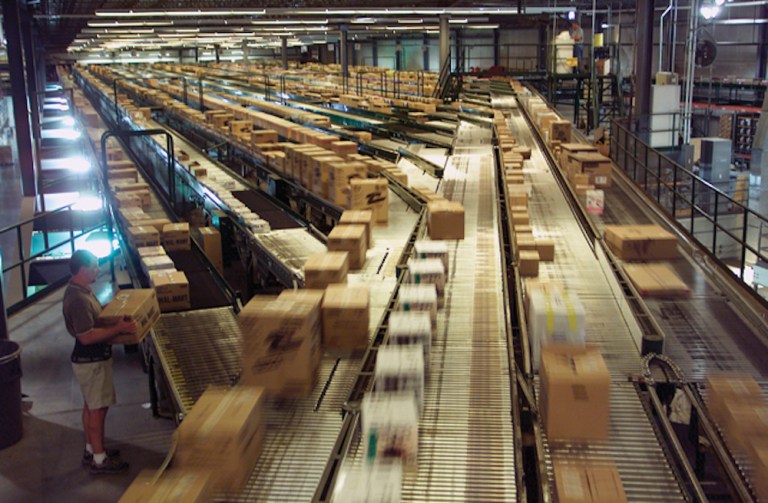
Walmart is raising the bar on product delivery after two years of study on how goods flow from suppliers and retail distribution centers onto store shelves. According to an article published by Arkansas Online, findings unveiled that a four-day delivery window was actually 10 days long. The study also revealed products were rather inexact in their journeys: Some show up early, some arrived late and the whole supply chain suffered as a result.
“That undermines our ability to actually plan and control the supply chain to make sure our suppliers’ products are actually making it through to the shelf,” said Walmart senior vice president Kathryn McLay.
In response, Walmart is replacing the delivery time window concept with a delivery guidelines program it announced in August called “on time, in full” (OTIF).
As part of the requirements for the new Walmart delivery programs, full truckload suppliers of food and consumable products must have shipments delivered on the scheduled arrival date — neither early nor late — at least 75 percent of the time. General merchandise will have a two-day delivery window.
That 75 percent compliance rate is a starter offer: C-level performance must be improved to an A-level 95 percent by February 2018. Missing the threshold in either direction will also be a costly error, as Walmart suppliers will be fined 3 percent of the value of their products for early or late deliveries.
Walmart suppliers will also face monthly evaluations under the new delivery guidelines, meaning they will first begin seeing the effects of the new policy when they are invoiced at the end of September.
“Quite honestly, there’s going to be some percentage of the supplier base — whether it’s 10 percent or 20 percent or 30 percent — that when the actual invoices for failing to meet the metrics arrive in their inbox they’re going to be like, ‘What is this?’” said Colby Beland, vice president of sales and marketing at logistics firm CaseStack.
Walmart is not the first player of its kind to make this sort of move. Target implemented similar updates to its shipping requirements a year ago. The updates to retail distribution processes reflect the common threat of Amazon in the retail ecosystem, particularly in regards to the eCommerce giant’s well-known logistics mastery.
Moreover, McLay noted, Walmart can only meaningfully compete on price and selection if it also has availability to offer it.
“There’s no point in having great prices if you don’t have great availability,” McLay said. “Great prices without great availability is an empty customer promise. So, what we need to do as we go about trying to get the best prices for our customers is make sure that we always have great product offering.”